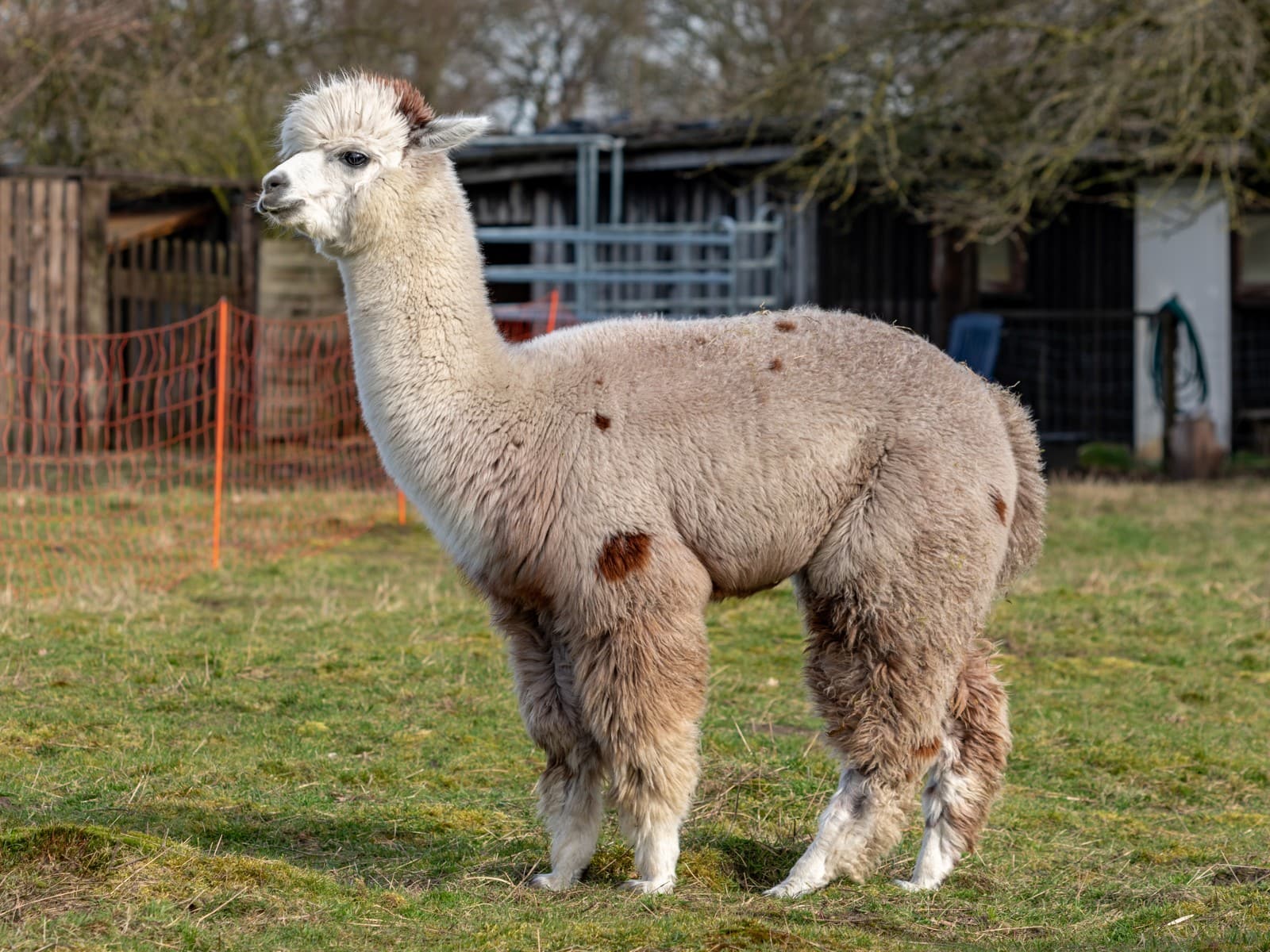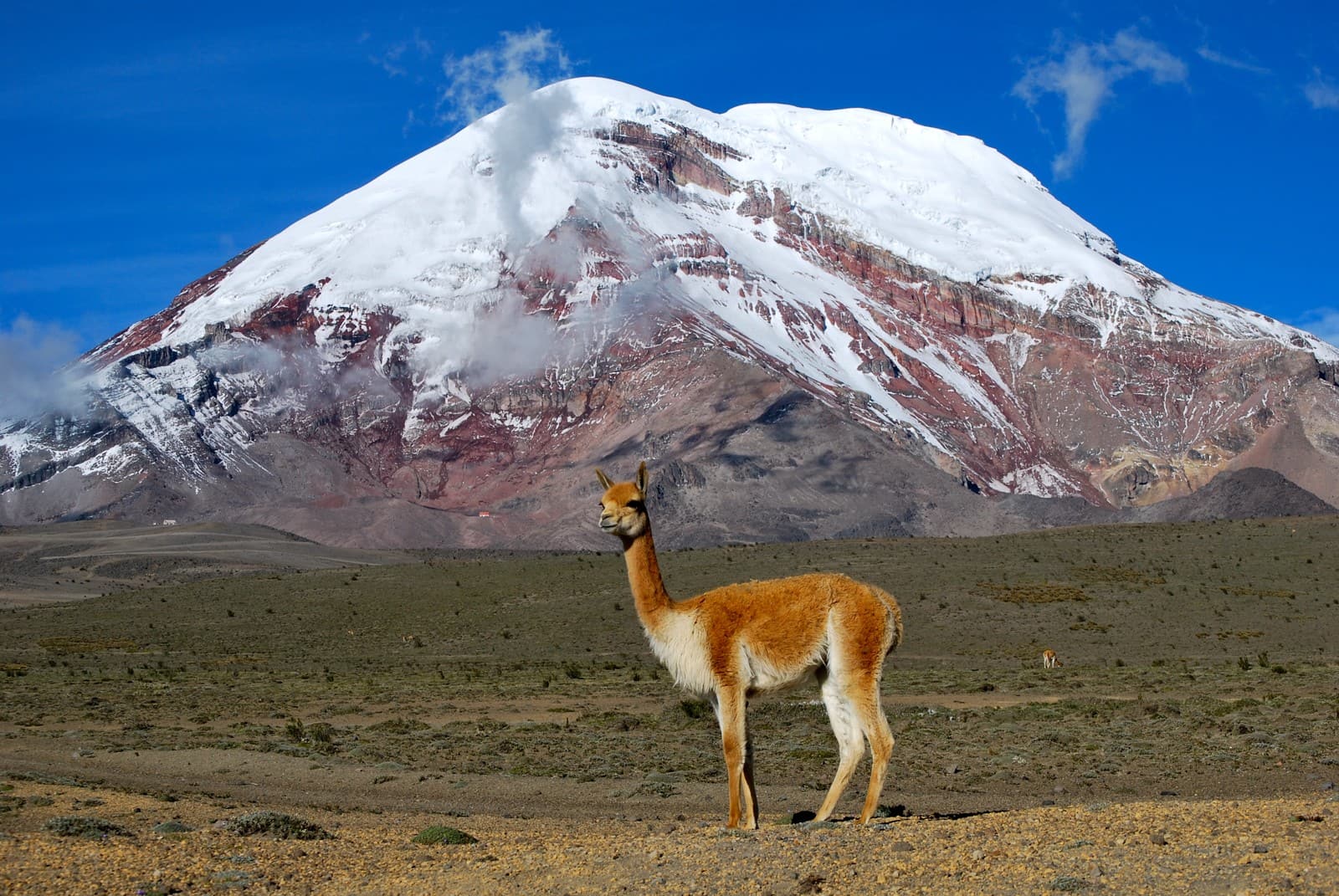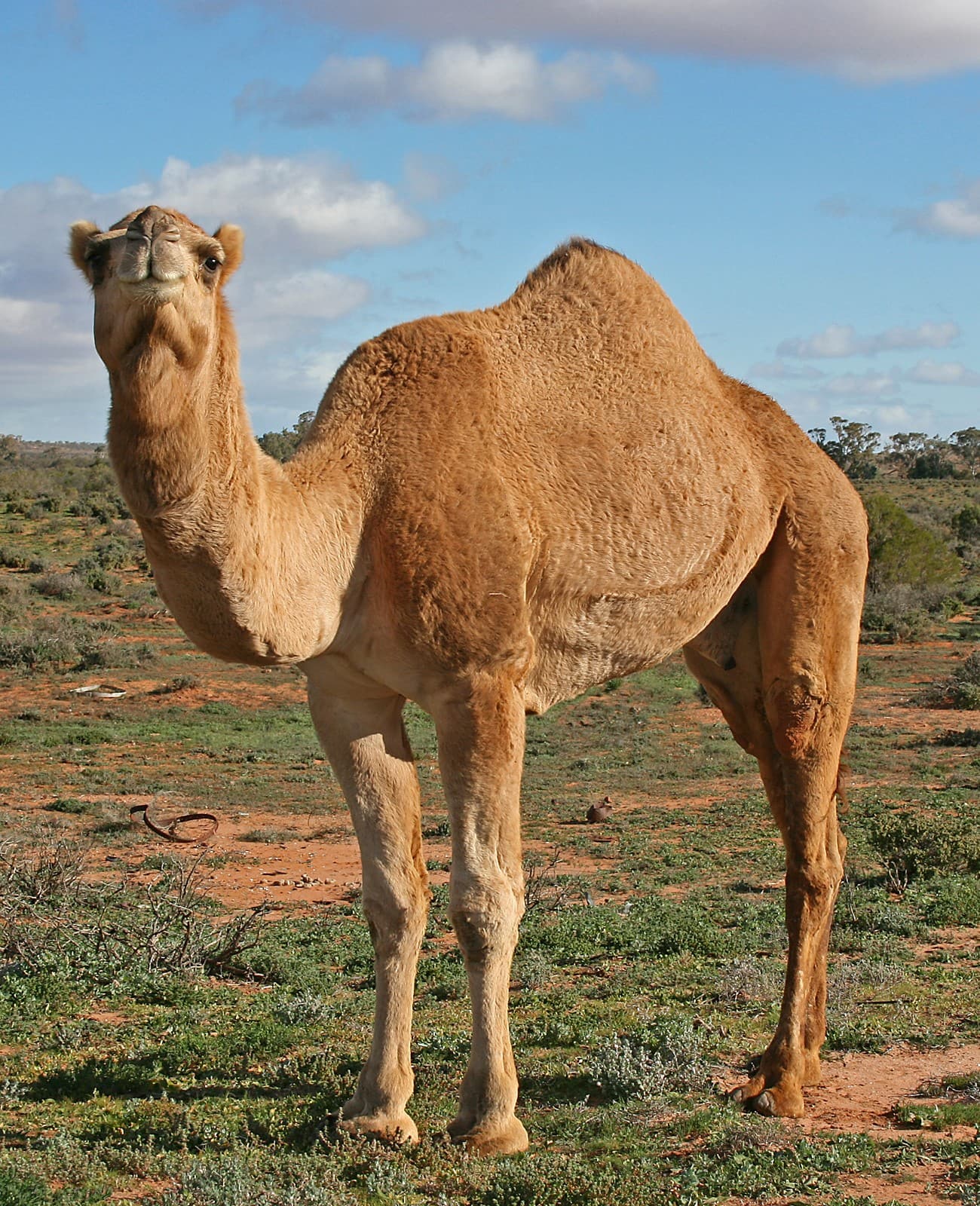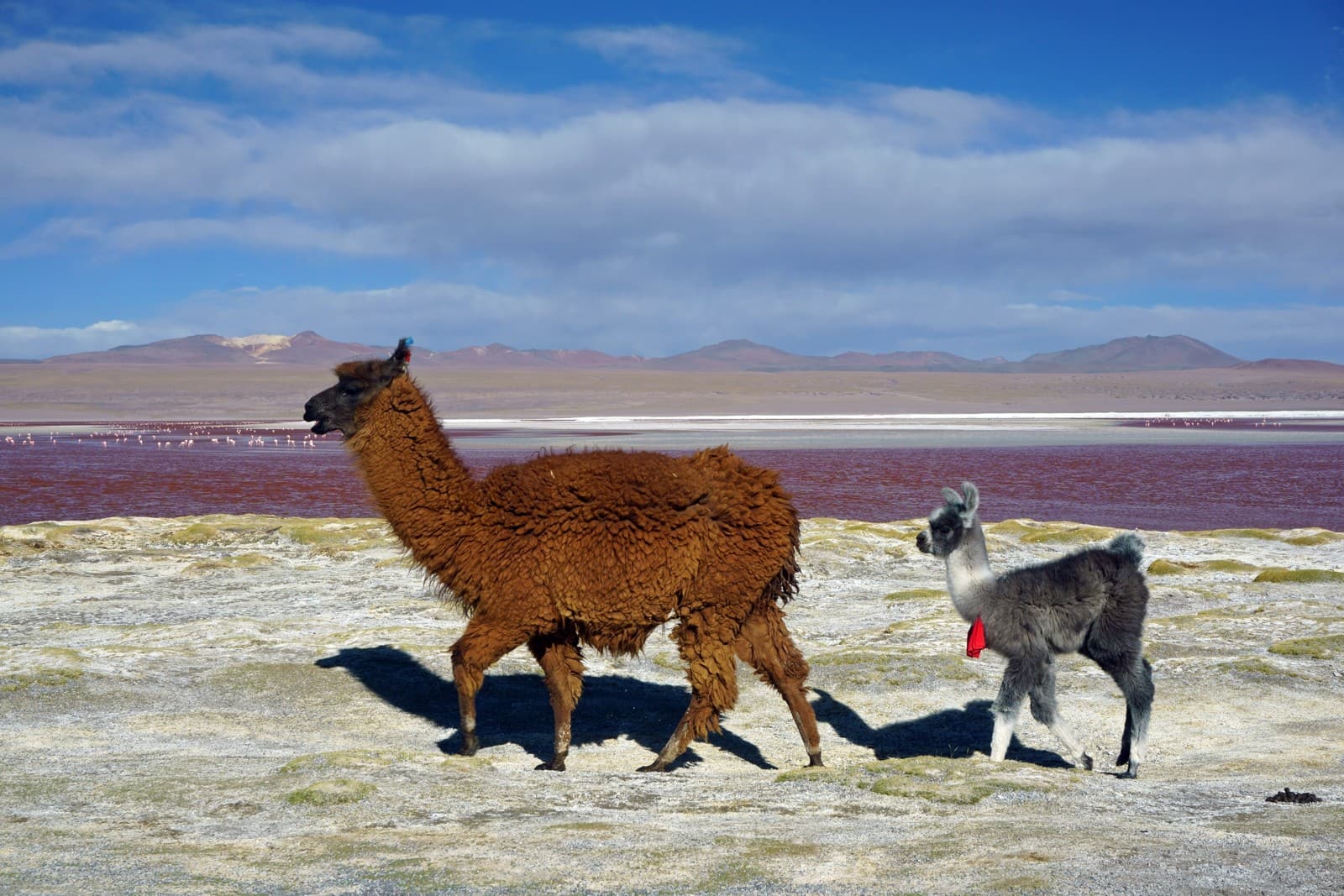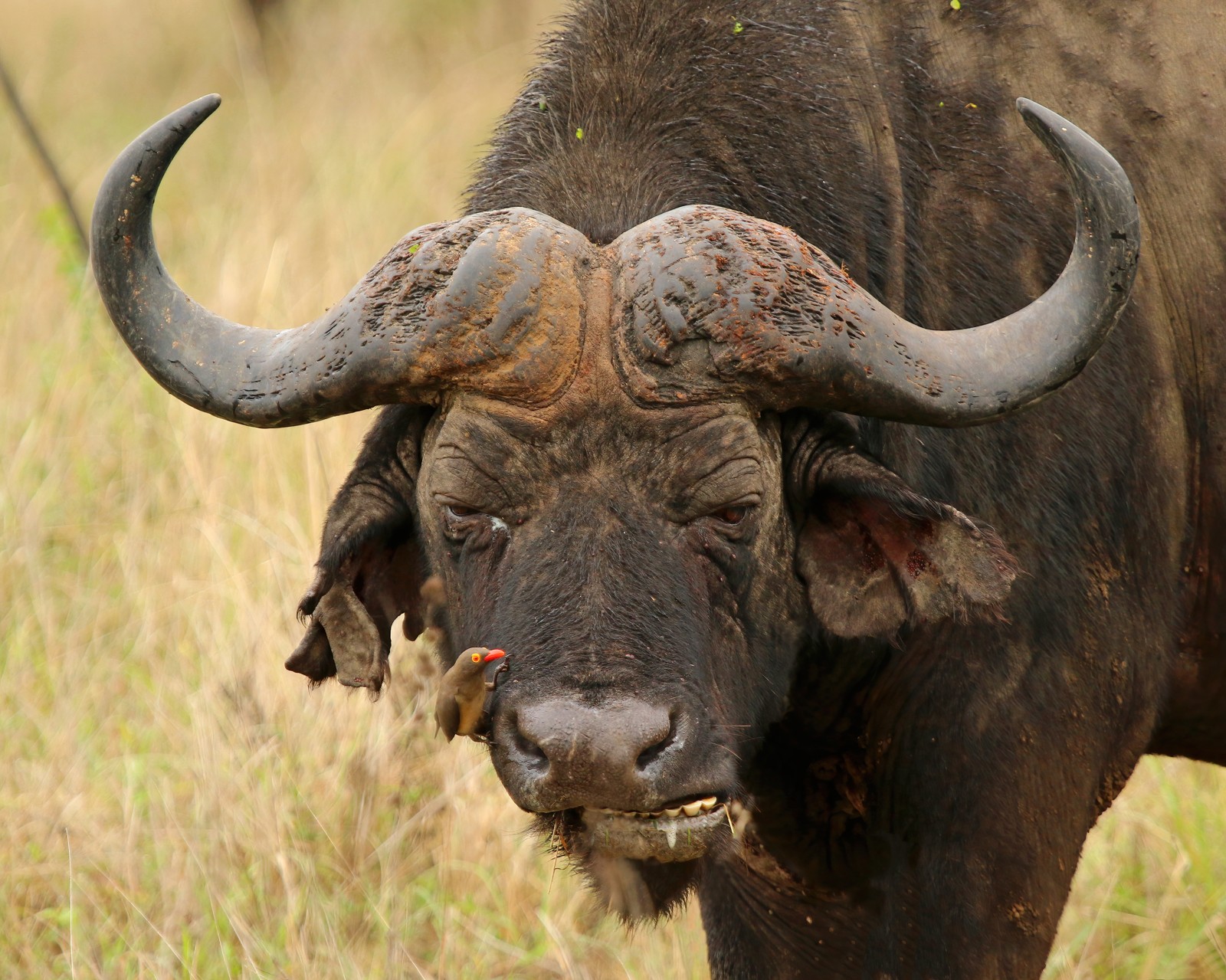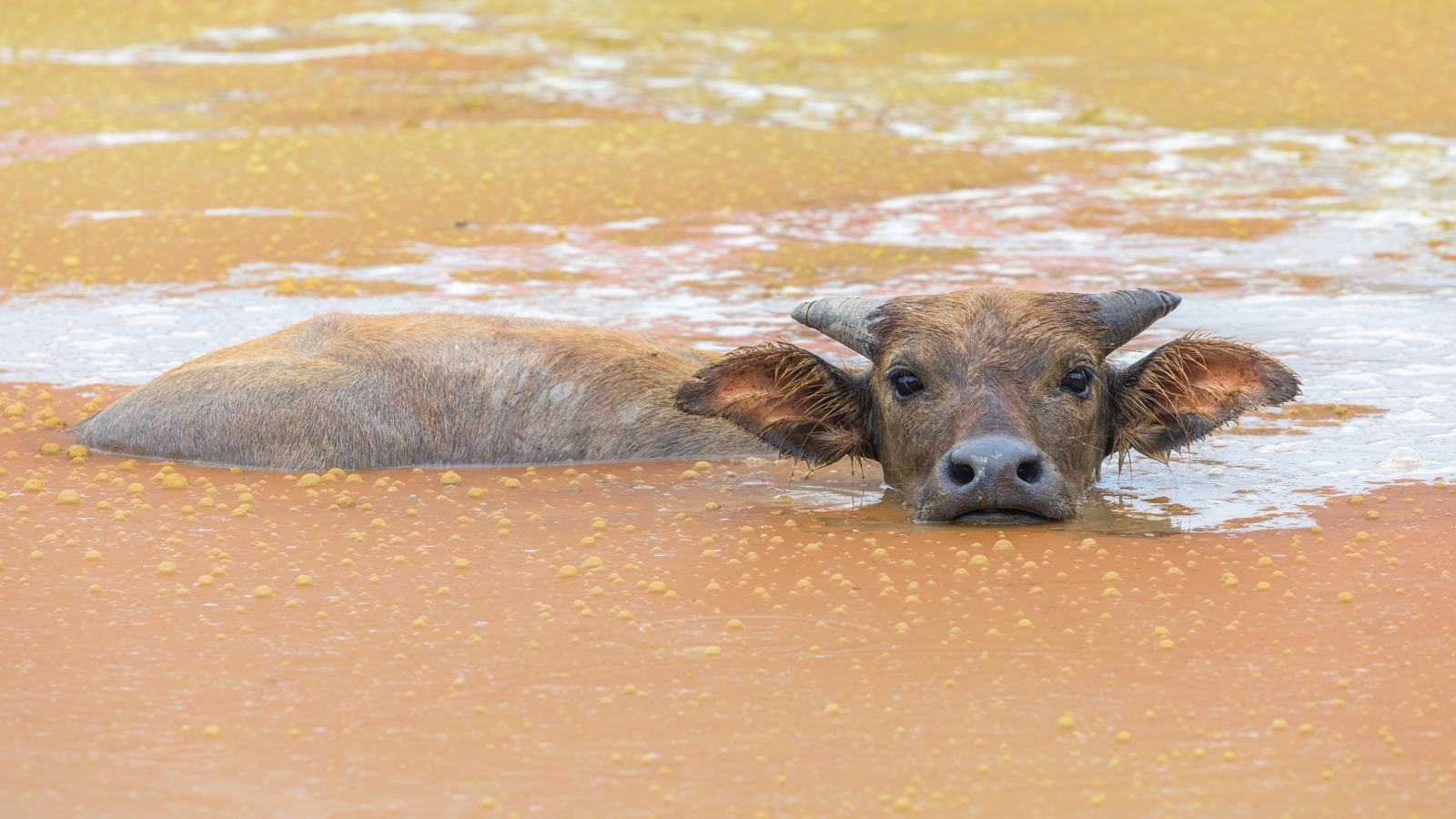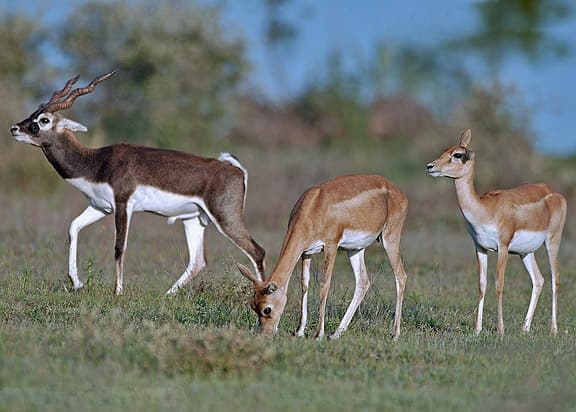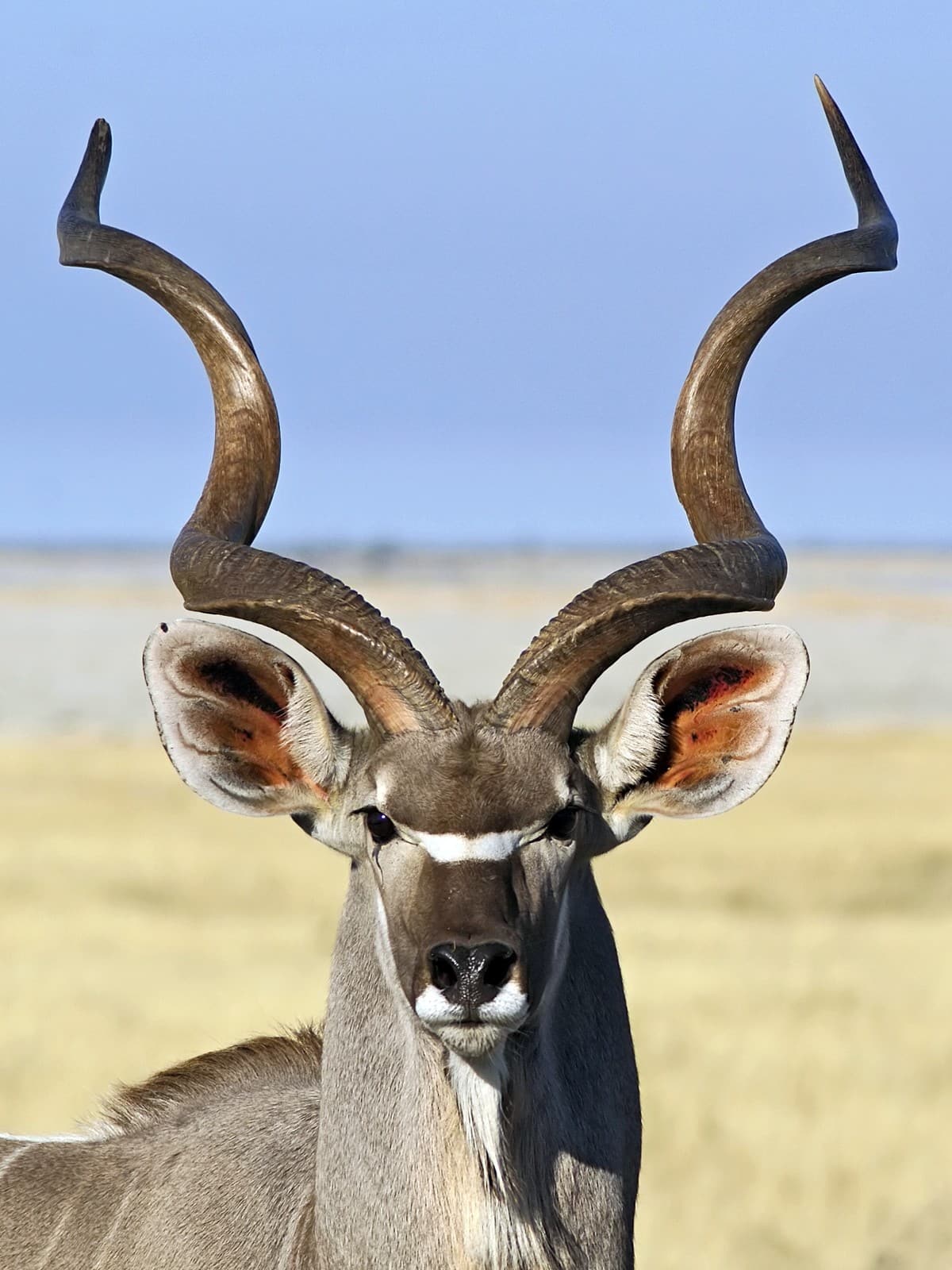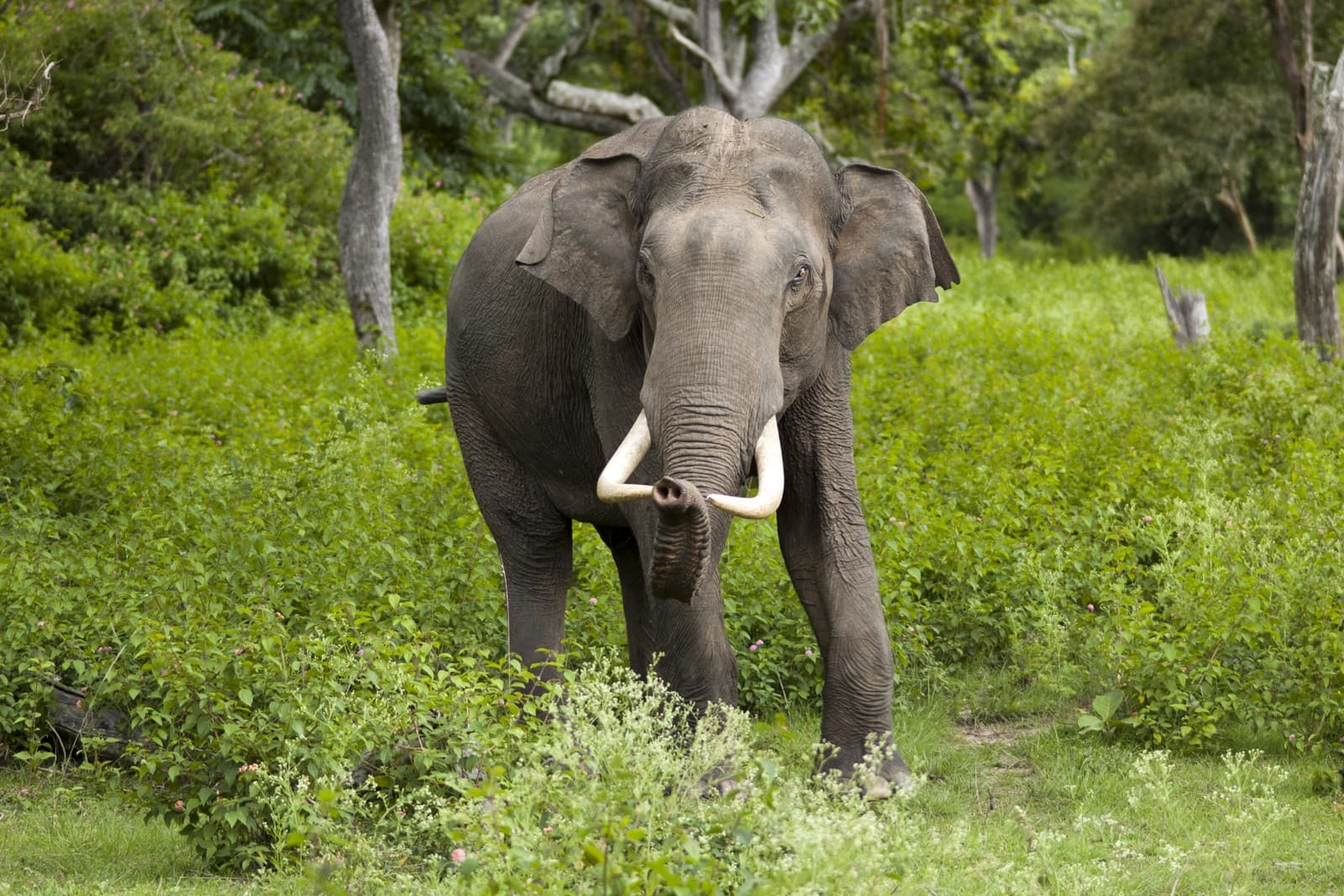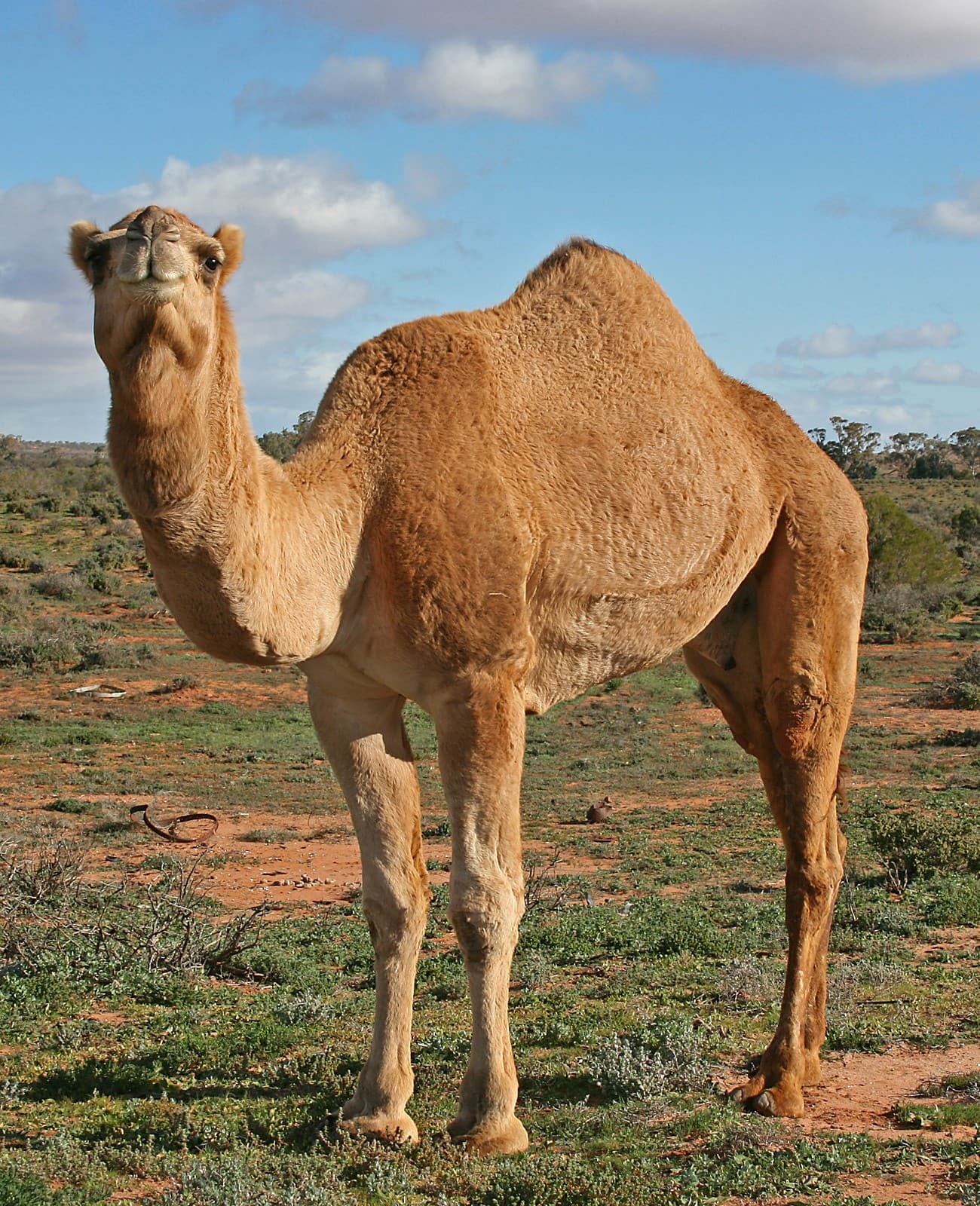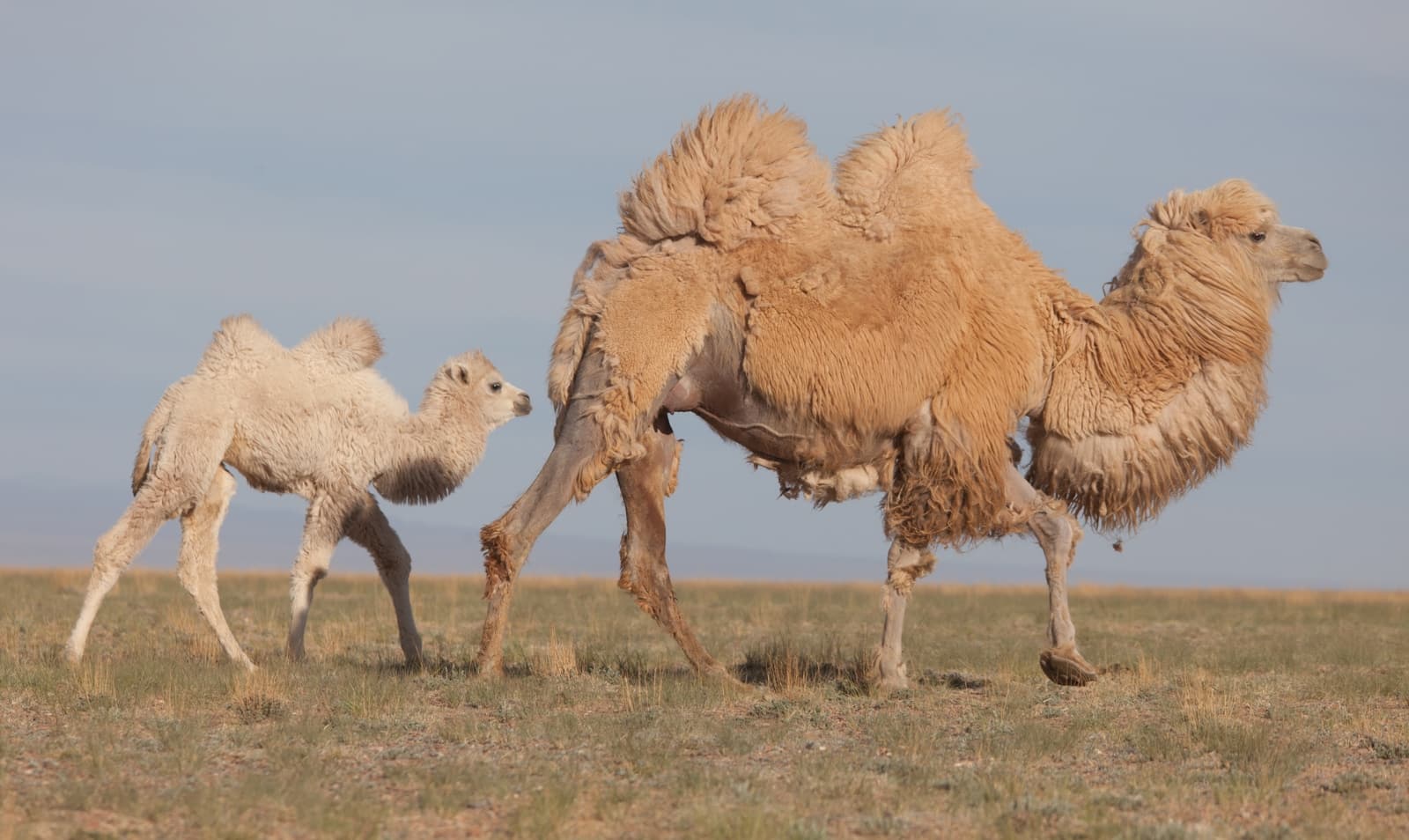Alpaca vs Llama: A Complete Comparison
When comparing alpaca vs llama, these South American camelids share common ancestry but serve distinctly different purposes. Llamas, standing 5.5-6 feet (167-182 cm) tall, tower over their smaller alpaca cousins, who typically reach heights of 4.5-5 feet (137-152 cm). While llamas were traditionally bred as pack animals capable of carrying up to 200 pounds (90 kg), alpacas were domesticated primarily for their luxuriously fine fiber.
These differences in size and purpose reflect thousands of years of selective breeding, resulting in two unique species that continue to captivate farmers and fiber enthusiasts worldwide. Understanding their distinct characteristics helps explain why each species excels in its specialized role.
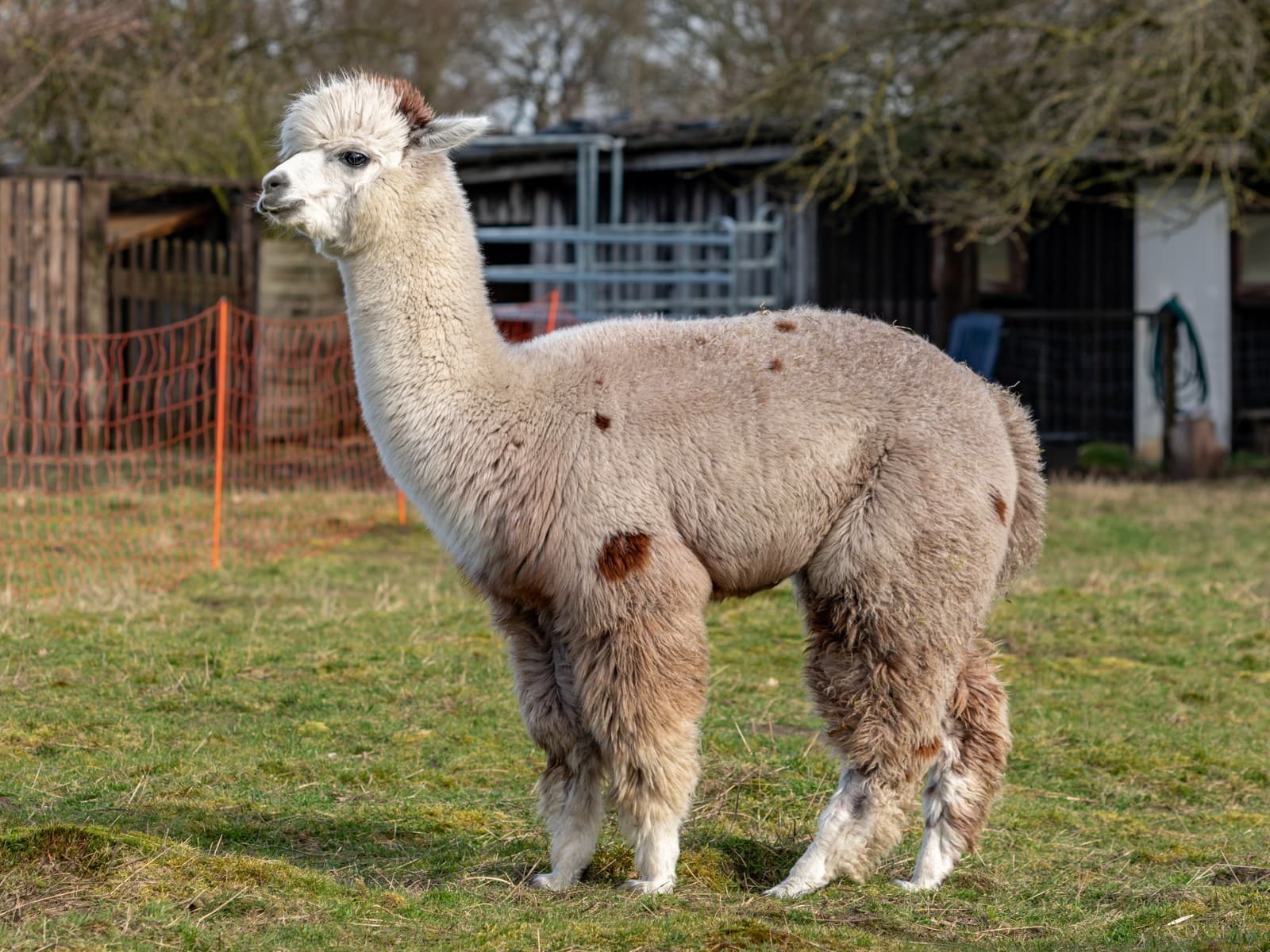
© Dietmar Rabich / CC BY-SA 4.0
The alpaca’s compact size and gentle demeanor make it ideal for fiber production. Notice the characteristic shorter face and smaller, more upright ears compared to its llama cousin.
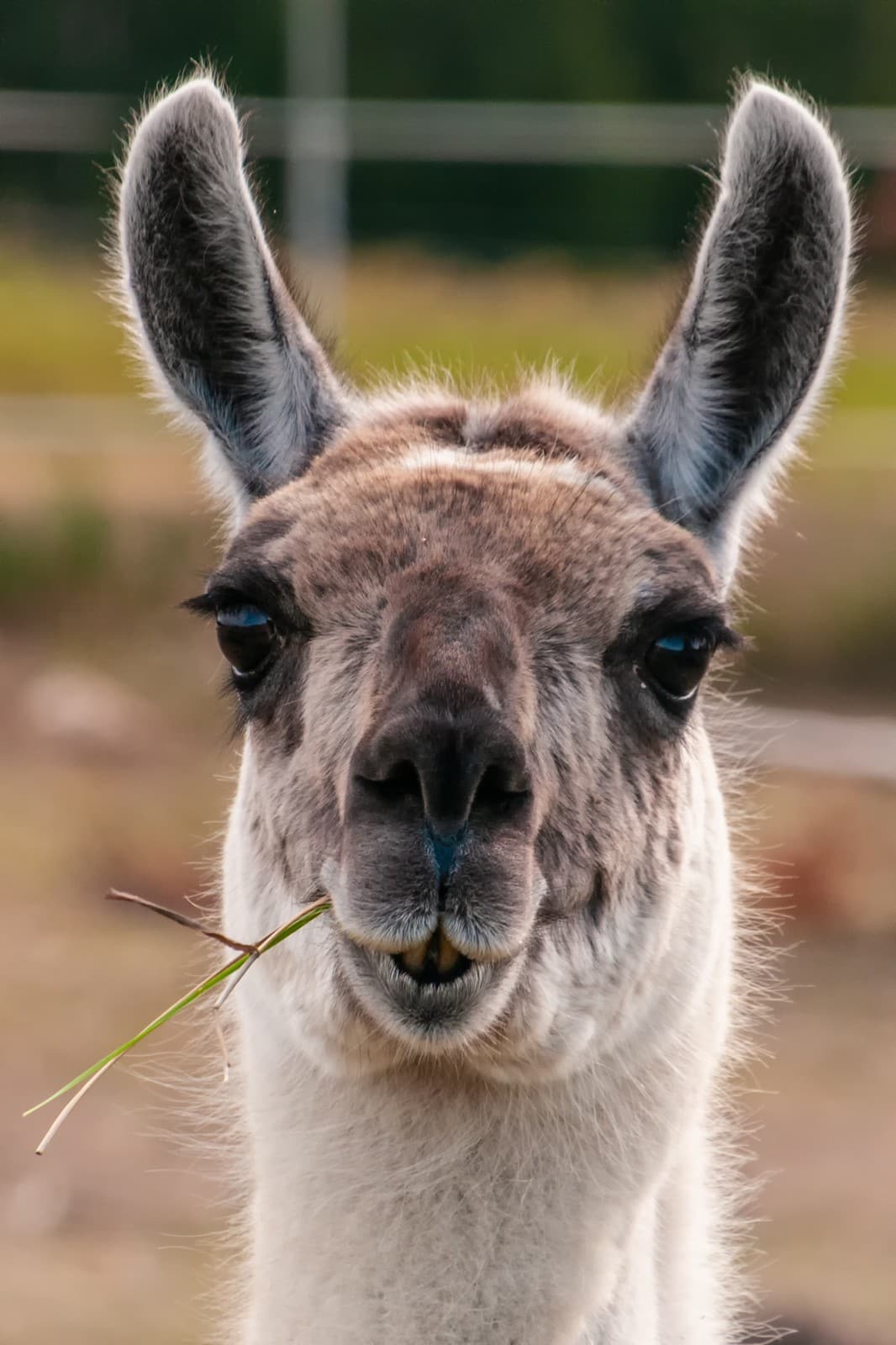
© Ralf Roletschek / GFDL 1.2
The llama’s longer face, curved ears, and larger overall size clearly distinguish it from the alpaca. These features developed to support its historical role as a pack animal.
Key Physical Differences Between Alpacas and Llamas
| Feature | Alpaca | Llama |
|---|---|---|
| Height | 4.5-5 feet (137-152 cm) | 5.5-6 feet (167-182 cm) |
| Weight | 121-143 lbs (55-65 kg) | 280-450 lbs (127-204 kg) |
| Face Shape | Short, blunt | Long, pointed |
| Ears | Short, spear-shaped | Long, curved “banana” shape |
| Fiber | Fine, 18-25 microns | Coarser, 25-30 microns |
| Typical Uses | Fiber production | Pack animal, guard livestock |
Wool Quality and Production
Alpaca fiber stands out as significantly finer than llama wool, measuring 18-25 microns compared to the llama’s 25-30 microns. This difference makes alpaca fiber more suitable for luxury garments, while llama fiber typically serves better for outer garments and rugs. Alpacas produce 5-10 pounds (2.3-4.5 kg) of fiber annually, whereas llamas yield 3-8 pounds (1.4-3.6 kg).
Temperament and Handling
Alpacas generally display more timid, herd-oriented behavior, making them easier to manage in groups. Llamas exhibit more independent personalities and often serve as guard animals for sheep and alpaca herds. Their protective nature and larger size make them excellent defenders against predators like coyotes and dogs.
Care Requirements and Cost Comparison
Space Requirements
- Alpacas: 1/6 acre (0.07 hectares) per animal
- Llamas: 1/4 acre (0.10 hectares) per animal
Annual Feed Costs
- Alpacas: $200-300 per animal
- Llamas: $300-400 per animal
Which Makes a Better Farm Animal?
The choice between alpaca and llama depends entirely on your farming objectives:
-
Choose alpacas if:
- Fiber production is your primary goal
- You have limited space
- You prefer working with smaller animals
-
Choose llamas if:
- You need livestock guardians
- You want pack animals for trekking
- You require larger, more independent animals
Health and Lifespan
Both species typically live 15-20 years with proper care. They share similar health concerns, including:
- Susceptibility to parasites
- Heat stress in warm climates
- Dental issues requiring regular monitoring
Environmental Impact
Both alpacas and llamas are considered environmentally friendly livestock options. Their padded feet cause minimal soil damage, and they can thrive on natural pasture without requiring grain-based feeds. Their efficient digestion produces fewer methane emissions compared to traditional livestock.
Breeding and Reproduction
While both species carry their young for 11.5 months, alpacas typically produce one cria (baby) per year, while llamas might skip a year between pregnancies. Alpacas reach breeding age at 18-24 months, while llamas mature slightly later at 24-36 months.
Economic Considerations
Initial purchase costs reflect their different uses:
- Alpacas: $5,000-50,000 for breeding stock
- Llamas: $2,000-20,000 for quality animals
The higher alpaca prices typically reflect their superior fiber-producing capabilities and breeding potential.
